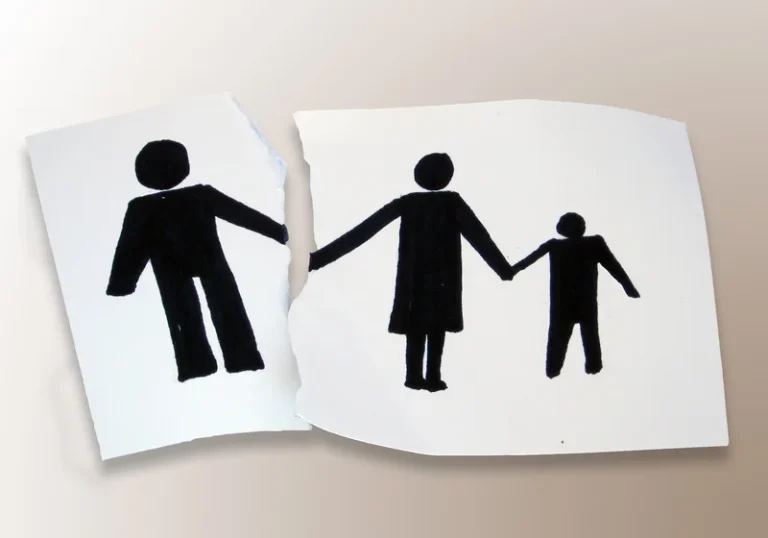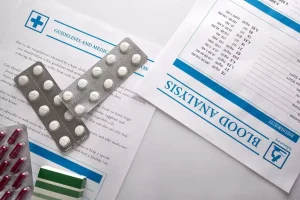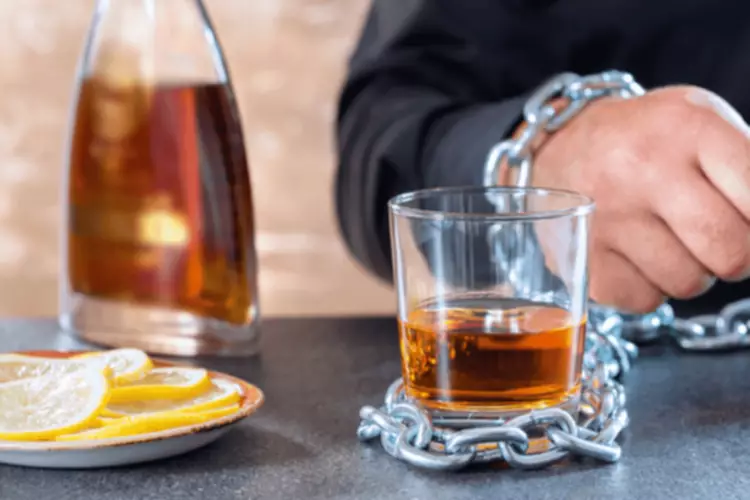
This 44 bp deletion occurs 1 kb upstream from the transcription initiation site of the gene.[53] This is depicted through the following diagram [Figure 4]. Krystal J et al., The vulnerability to alcohol and substance abuse in individuals diagnosed with schizophrenia. Topiramate is another agent used in alcohol dependence which is not only effective in reducing alcohol craving but also reducing symptoms alcohol dopamine of depression and anxiety. Alcohol alters NMDA and metabotropic MGlu5 receptors thus interfering with glutamate transmission. In this interview conducted at Pittcon 2024, we spoke to Professor John Yates about capturing cardiomyocyte cell-to-cell heterogeneity via shotgun top-down proteomics. The game involved a series of choices between sure bets or 50%-chance gambles for small amounts of money.
- In these cells, the increased activation of the GABAA receptor induced by alcohol occurs only with concurrent activation of certain receptors for norepinephrine, a neurotransmitter with many regulatory functions (Lin et al. 1993).
- Before you reach for your next drink, Dr. Anand explains how alcohol can affect your brain — not only in the short term, but also in the long run.
- In healthy controls, alcohol consumption stimulates dopamine release mediating its reinforcing effects.
- And if you have one too many alcoholic drinks, you may start to slur your speech and have trouble walking in a straight line — and that’s all before dealing with a hangover the next day.
Level 7: Impact of chronic drinking on neuromodulators and neural circuits
Further, neurons projecting from the mPFC to the dPAG play a critical role in compulsive drinking. Strikingly, mice that display inhibitory activity in this circuit during the first alcohol exposure are more likely to develop compulsive drinking behavior. Adaptive reward-directed behaviour is dependent on several inter-dependent processes that bring the organism from an appetitive to a consummatory relationship with the primary reward stimulus. In stress-related neuropsychiatric disorders, including major depressive disorder (MDD) and schizophrenia (SZ), pathologies of reward processing are common.

The dopamine system: a potential treatment target for alcohol dependence
When the men tasted the beer, their brains released much higher levels of dopamine within minutes, compared to when the same test was conducted on the subjects at other times with both water and Gatorade. They were also asked to rate how much they “craved” a beer at several points during the experiment, and perhaps less surprisingly, their cravings were generally much higher after tasting beer than Gatorade or water. SERT availability was measured in vivo with single photon emission computed tomography and (123) I-labeled 2-((2-((dimethyl-amino) methyl) phenyl) thio)-5-iodophenylamine in the midbrain, thalamus and striatum.
Alcohol and Neurotransmitter Interactions
- We further found that regulation of dopamine release by D2/3 dopamine autoreceptors was altered by long-term alcohol consumption in male, but not female, rhesus macaques regardless of abstinence status.
- Dopamine in the striatum reaches and binds to high-affinity D2 dopamine receptors and low-affinity D1 receptors [48, 49].
- In any case, dopamine antagonists do block opiate self-administration [102]; the lack of compensatory increases in responding for heroin following low doses of dopamine antagonists [102] does not [105] rule out a role for dopamine in opiate reward.
- Parkinson’s disease and certain metabolic disorders, for instance, can deplete dopamine.
- “To mitigate some of the effects of alcohol and prevent or lessen your hangovers, it’s recommended to limit your alcohol intake, drink water in between drinks, and try to eat foods with a high fat content to decrease alcohol absorption,” guides Dr. Krel.
- In clinical trials in Sweden, alcohol-dependent patients who received an experimental drug called OSU6162, which lowers dopamine levels in rats, experienced significantly reduced alcohol cravings.
Both studies demonstrated that quetiapine was well tolerated and in the latter study, the medication not only reduced alcohol consumption and overall psychiatric symptom intensity but also significantly reduced craving. A double‐blind placebo‐controlled study by Kampman and colleagues evaluated the effect of quetiapine and found that the medication was well tolerated and clinically effective in reducing drinking [162]. The effect of medication was found to be stronger in individuals with a more severe disease phenotype. It should, however, be noted that more recent clinical trials using the extended release formulation of quetiapine [163, 164] failed to replicate the clinical findings of the previous studies. The hypothesis that atypical antipsychotics may decrease alcohol intake are supported by two separate studies with risperidone and olanzapine in high‐alcohol‐preferring rats [154, 155].
2. Atypical dopamine D2 receptor antagonists

In this review, we will therefore focus on studies with clear face validity to the human condition, that is those using voluntary self‐administration. Another area requiring further research relates to individual differences in resilience and susceptibility to AUD. Future studies are needed to better understand the mechanisms underlying these individual differences.
Level 6: The role of posttranslational modifications
- It should also be mentioned that accumbal dopamine D1 receptor might regulate alcohol‐induced reward.
- Studies in rodents have demonstrated that alcohol stimulates intestinal inflammation by irritating the stomach and gut, causing the release of the nuclear protein high-mobility group box 1 (HMGB1), which subsequently activate Toll-like receptor 4 (TLR4) and makes the gut “leaky” [80].
- Also as in the REV test, there was no consistent change in NAc DA activity during operant responding, neither in CON nor CSS mice.
- Proven treatments are already available to help people quit smoking, including counseling and medications such as the nicotine patch and gum, and prescription drugs varenicline and buproprion.
Behavioral tasks

Presynaptic regulation of dopamine release by dopamine and acetylcholine




